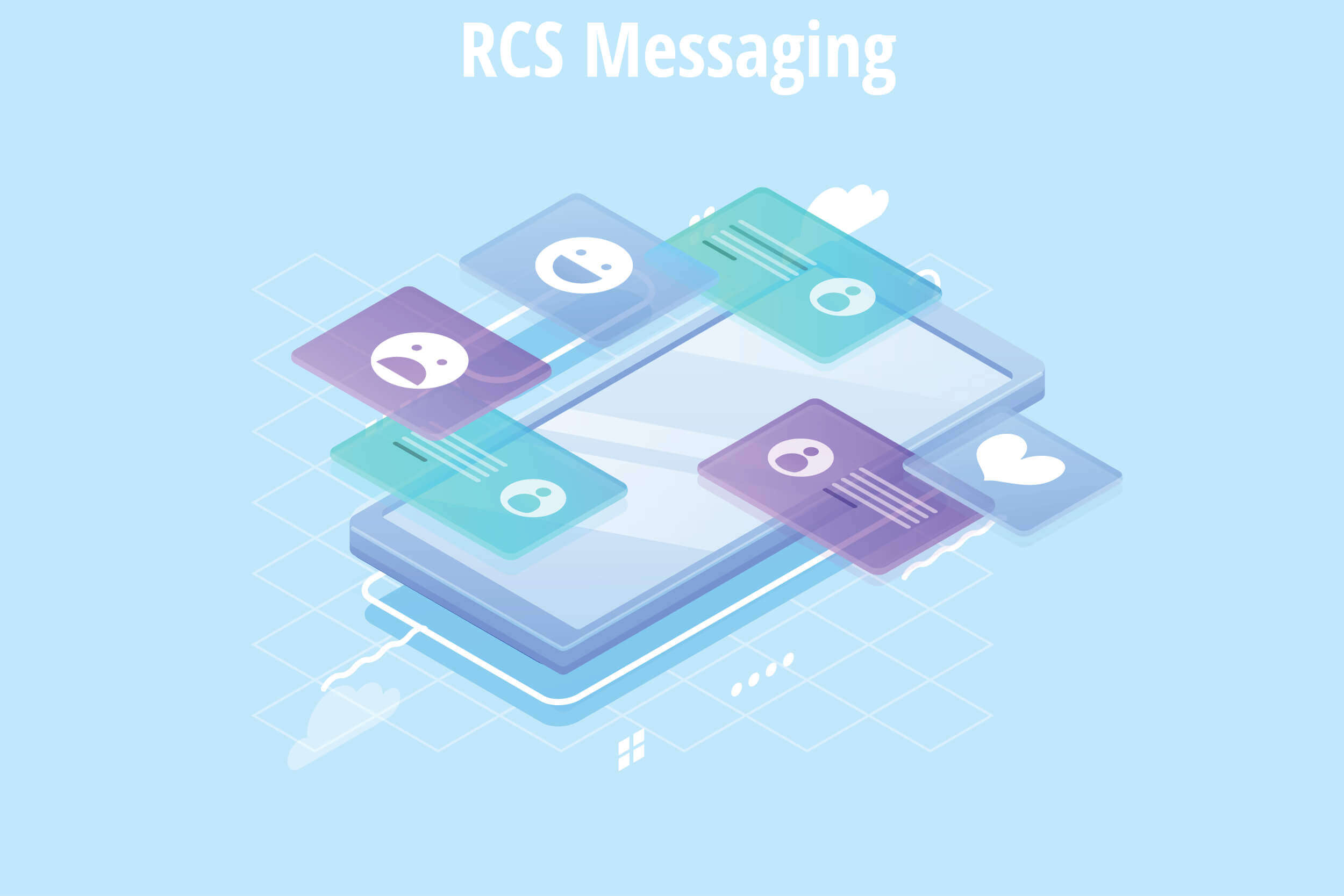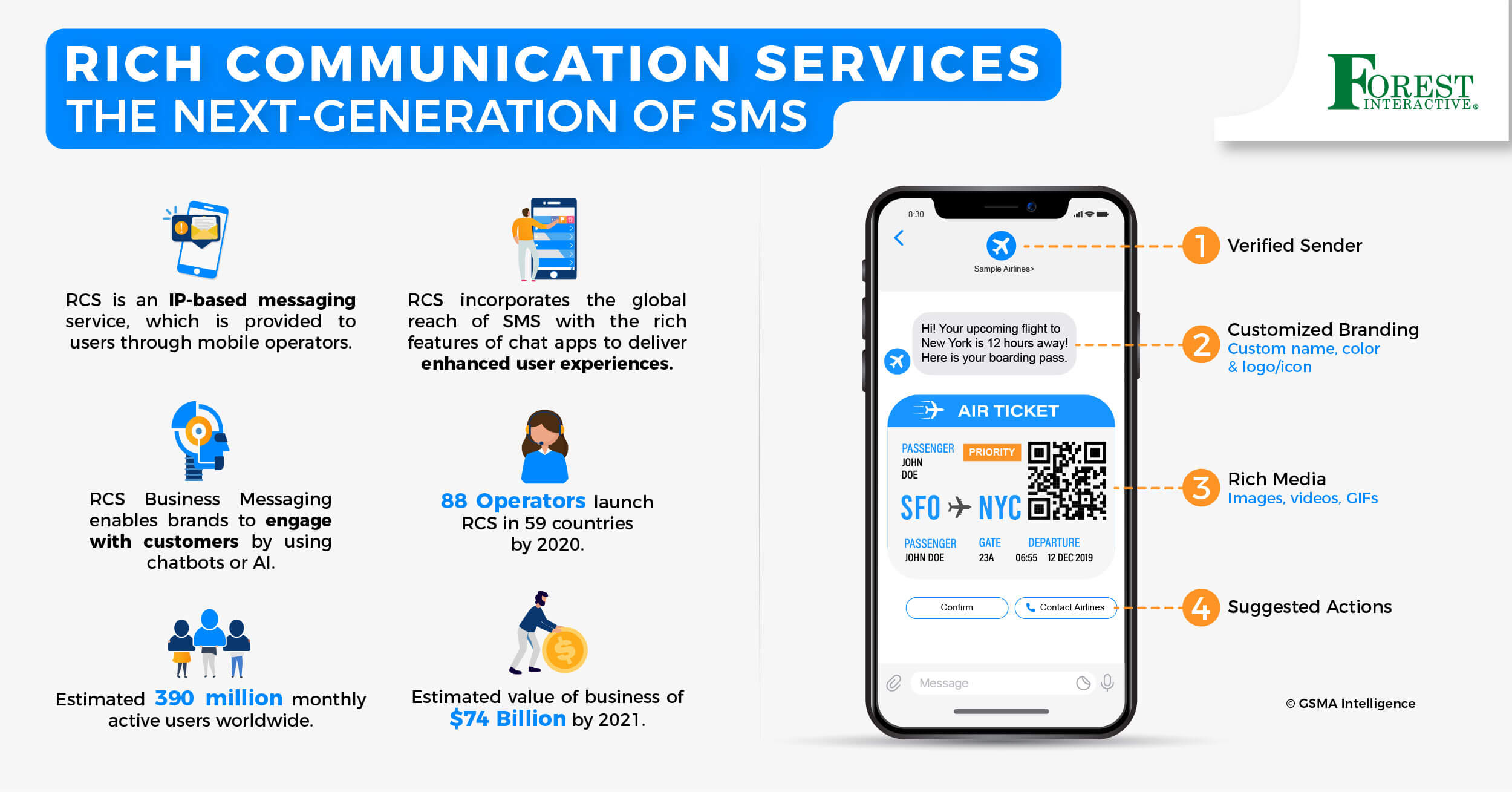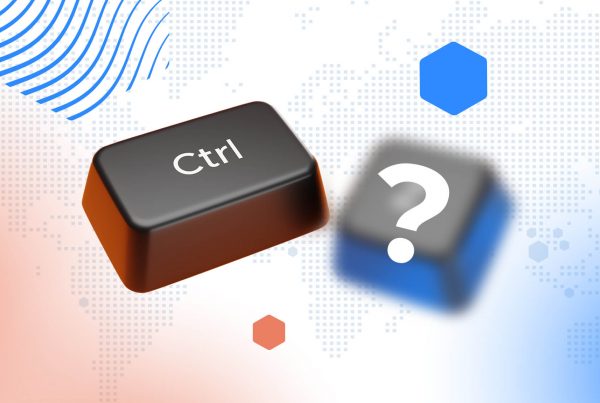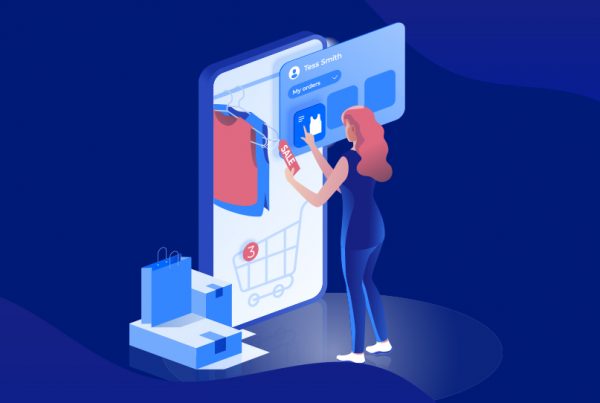
The SMS feature is one of the oldest and somehow remains mostly the same as it was first known with only superficial changes like design and layout. With all of the innovation on mobile phones since the first one was invented, text hasn’t caught up but still remains one of the most popular applications. However, many users are switching to chat apps that offer more robust features and allow for more fluid interaction.
Tech companies are looking to revamp traditional text messaging in response to this shift. As a result, they’ve come up with RCS messaging.
What is RCS Messaging?
Rich Communication Services (RCS) messaging brings the aspects of other communication platforms, such as Messenger and iMessage into one. It addresses the several weaknesses of SMS, aiming to replace it.
SMS or text messaging was conceptualized in 1982 but was only able to function a decade later. It works by sending texts, each 160-characters long, through a system of network signaling. After Apple released the first smartphone, text exchanges resembled a conversation more with the use of speech bubbles. Eventually, a standard layout was adopted with the messages sent on the right, and the messages received on the left.
That was the full extent of its development. Apple went to produce its own form of text messaging called, “iMessage,” exclusively for iPhones, leaving SMS dragging behind. Meanwhile, chat applications like WhatsApp are gaining popularity and increasing in number. RCS takes the most sought-after capabilities of these into what Google is now calling, Chat.
It shows read receipts, has group chat messaging and indicates when the other person is typing. Users can also send files, stickers, and GIFs. Chat will run on data connection and can run on Android, Google, Microsoft and iOS but Apple hasn’t released a statement on whether or not it would support Chat. When communicating with a person who doesn’t have a Chat-capable device, messages would be sent as SMS by default.
Why Did it Take Soo Long to Roll Out RCS Messaging?
Despite the recent move to integrate it for public use recently, it’s not a new technology. The idea was first introduced in 2007 but it didn’t take off because there wasn’t a clear understanding of the costs and benefits. It was only in 2016 when the GSM Association, an organization of mobile operators, came up with the Universal Profile. It’s a set of standards that the industry had set for RCS, including its functions.
In 2017, GSMA released Version 2.0, which saw several additions, like spam protection and privacy control. They estimated RCS to be worth $74 billion by 2021. GSMA went on to create Version 2.1 later that same year and then Version 2.2 in early 2018, introducing chatbots. They work similarly to those on Facebook Messenger, complete with carousels and smart reply options.
Verizon began using a limited version of the software in a couple of its models but users have given it poor ratings. Simply getting access to it is complicated, discouraging other consumers from acquiring RCS. It seemed to come to another standstill until Google decided to take the helm of the roll-out just this year by redesigning and completely replacing what was being currently offered.
What can we expect from Google RCS Messaging?
Chat, as Google has named their RCS, will be preinstalled on the phone but won’t set it as the default app for sending messages. When contacting someone who’s using RCS, a prompt would instantly appear, asking the person whether they prefer to activate Google’s RCS messaging or not. Information exchange about whether the phone supports Chat or not would take place within the system.
Google’s representatives have openly mentioned their frustration with the pace of RCS so it’s safe to estimate we’ll be seeing distribution and improvements coming along much faster. Although there’s yet to be confirmation from Apple, it’s expected that iMessage will remain the default app.
More carriers, such as T-Mobile, are offering RCS messaging to their buyers but it hasn’t been necessarily served the goal of RCS messaging of being interactive messaging across devices. The industry is currently still muddy with some carriers using different versions of the Universal Profile and others not following the standards at all.
Encryption is also an issue because RCS doesn’t provide this service but companies say they simply erase messages stored in their servers. However, with an innovation powerhouse such as Google, it’s exciting to see what other changes might happen. Google has already included its RCS in their Pixel phones to the UK and France, guaranteeing that it would be a richer experience.
With a slew of features and a possibly simpler system on the rise, businesses can interact with customers better, and users will enjoy more seamless communication with their connections and brands.
If you want your company to get ahead of the competition, partner with a provider that understands your needs, your market, and the necessary technicalities in-between. Let’s discuss how our Messaging Gateways can help you get in touch better with your customers. Contact Us Today




